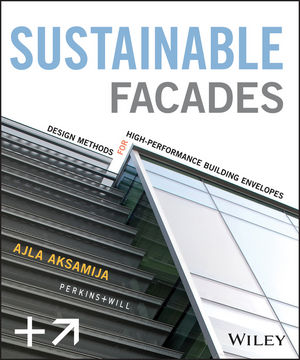Unveiled: The High Line's Third Phase




































The first two phases of the High Line make their way through relatively low-rise sections of Manhattan. But the third phase, which opened to the public this weekend, wraps around the Hudson Yards site, for which 16 skyscrapers, one of them taller than the Empire State Building, are planned.
For a while, the High Line’s designers thought perhaps they had to “go bigger” this time around, to respond to the scale of the new construction, says Peter Mullan, an architect who has worked for Friends of the High Line since 2004 and is currently its executive vice president. But then the team, led by James Corner Field Operations and Diller Scofidio + Renfro, decided to let the High Line be the High Line, extending many aspects of the first two phases to the third, officially titled The High Line at the Rail Yards. Indeed, one planned (and even publicized) feature of Phase 3, an oval amphitheater enclosed by maple and tupelo trees at the corner of 30th Street and 10th Avenue, was dropped because, Mullan says, it was considered “too aggressive a gesture.”
What remains is a stretch of elevated tracks (running east-west just north of 30th street), landscaped with a light touch, and an even longer stretch where the existing flora has been left intact. This gives visitors a taste of the “wilderness” that High Line founders Joshua David and Robert Hammond first encountered in the 1990s. Looking at the thicket that has grown on the elevated railway, which ceased operations in 1980, Mullan compares it to the Galapagos Islands.
Yet unlike the isolated Galapagos, this wildest section of the High Line will be a construction-viewing platform for decades to come. And as the Hudson Yards towers rise, it will cease to be a raised sliver of park between the Hudson River and the tracks below. Instead, it will form the edge of a 26-acre, Canary Wharf-style development on a platform that is higher than the tracks, making it less catwalk than sidewalk. Will it require alterations as the skyscrapers rise? At some point, this section of the High Line will have to be closed for structural repairs, and no one is ruling out redesigns at that juncture.
For now, the section, called the Interim Walkway, is as simple as can be, with pavement of glued-together gravel (technically, bonded aggregate) and a simple, galvanized steel fence separating the hardscape from the Galapagos. The latter will serve as a kind of “natural history” of the High Line site, making clear (in case it isn’t already) that the spectacular gardens to the south required a lot of work on the part of horticulturist Piet Oudolf.
The same can be said for the wide, landscaped portion of Phase 3, near 30th Street. Part of it, now concealed by scaffolding, slips under the Coach Building, a 930-foot tower that KPF designed to overhang the tracks. The swath west of the Coach Building includes a number of features developed for Phases 1 and 2, including “peel up” benches— furniture that emerges from concrete planks—as well as a picnic table and seesaw of roughly the same design. But there are a few surprises, including a stretch where the structure beneath the tracks is revealed and coated in rubber, forming an elevated children’s playground.
Though the High Line design is credited to formidable firms, a lot of credit goes to High Line staff, including Mullan. In 2000, the Yale-trained architect was working for Polshek Partnership Architects when he volunteered to help keep the High Line from being demolished. “It was our Penn Station, a chance for our generation to save something significant,” says Mullan, whose first assignment was getting well-known architects to sign a petition. Four years later, he became a full-time employee after being warned that, because the city had not yet committed to saving the High Line, the job might be short-lived. (The northernmost section of tracks was not acquired by the city until 2012.)
Walking around the High Line, seeing what the last decade has brought, Mullan says, “You have to remember how unlikely the whole thing was.”



















